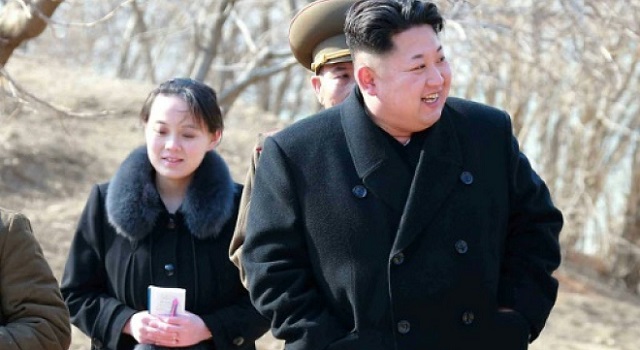
Seoul, South Korea | AFP | Ahead of the second summit between US President Donald Trump and North Korean leader Kim Jong Un, here are five key figures on the reclusive Asian country.
– 67 percent –
The portion of the workforce employed in the agriculture sector, according to the Food and Agriculture Organization’s database.
– Up to 120,000 –
The number of people arbitrarily detained in four political prison camps, according to Amnesty International’s 2017-18 world report.
Conditions fall short of international standards and prisoners are subjected to forced labour, torture and other ill-treatment, it says.
– 15 percent –
The proportion of residents who have a mobile telephone subscription, according to the UN’s International Telecommunication Union, based on its data for 2017 — the latest available, although increased mobile phone usage has been observed in Pyongyang in recent years.
The ITU has this as the second lowest, after Eritrea. North Korea is also listed as second only to Eritrea on the Committee to Protect Journalists’ 2015 list of the most censored countries.
– Six –
The number of nuclear weapons tests North Korea has carried since 2006, the most recent in September 2017. They were all at its only nuclear test site at Punggye-ri, near the border with China, which Pyongyang says it destroyed in May 2018. International observers have not been able to verify this claim.
– $1,300 –
North Korea’s per capita gross national income (GNI) in 2017, according to the Bank of Korea (BOK). It was unchanged from the previous year. In the South the GNI per capita is 23 times bigger, at around $30,000.
North Korea’s economy contracted 3.5 percent in 2017, its worst performance in two decades, the BOK said. That compares with 3.9 percent growth in 2016.
 The Independent Uganda: You get the Truth we Pay the Price
The Independent Uganda: You get the Truth we Pay the Price



